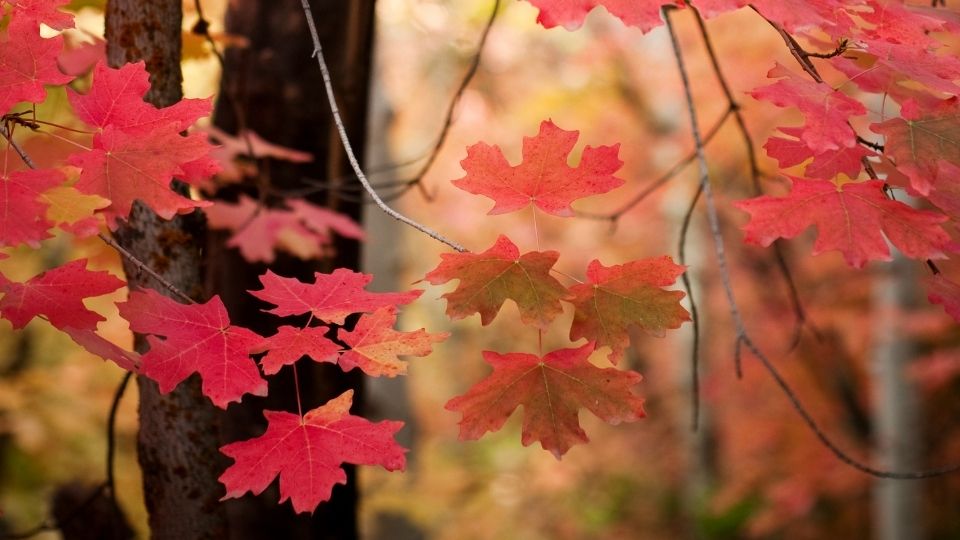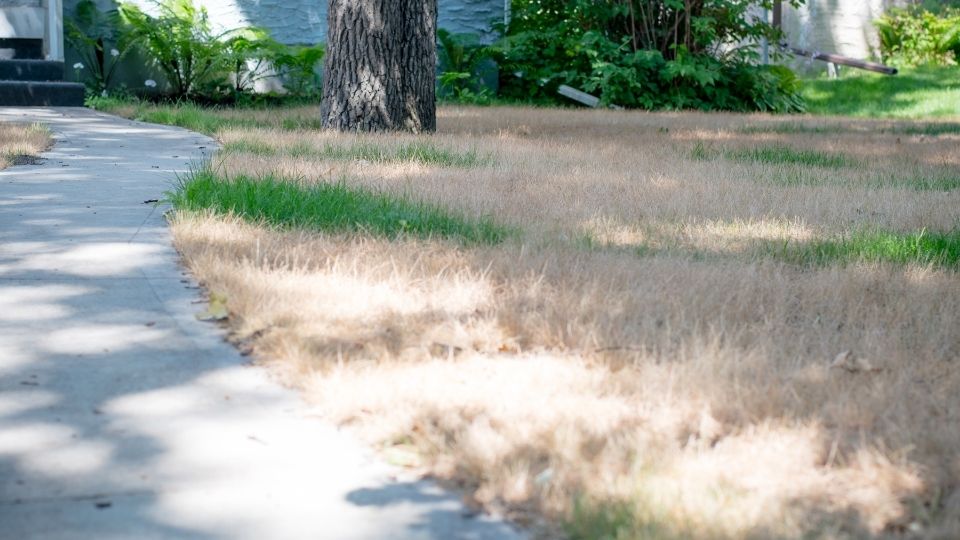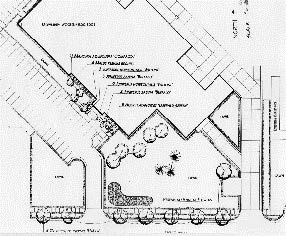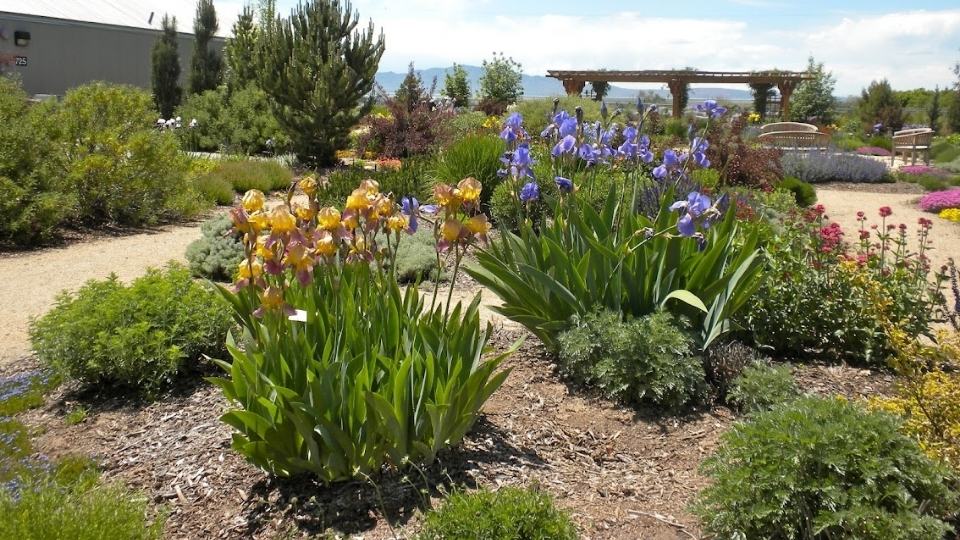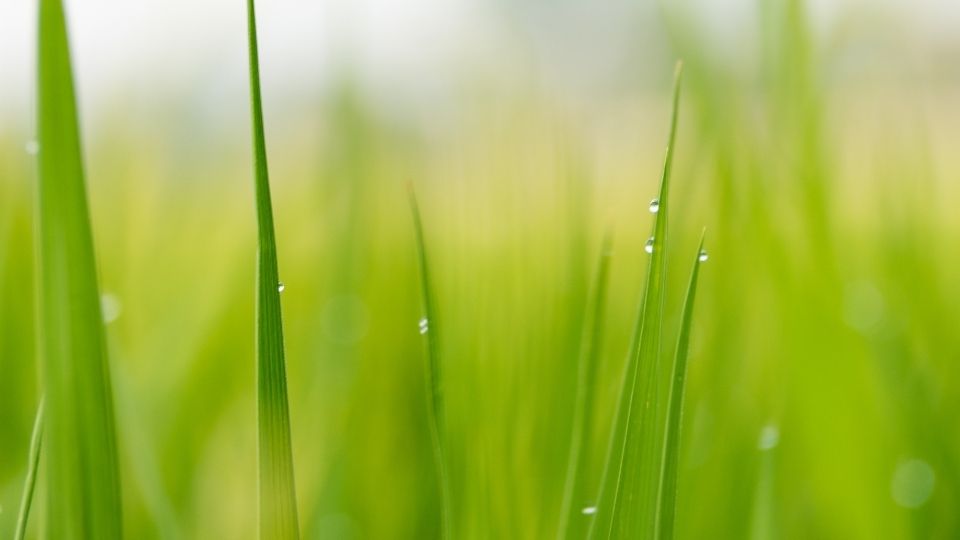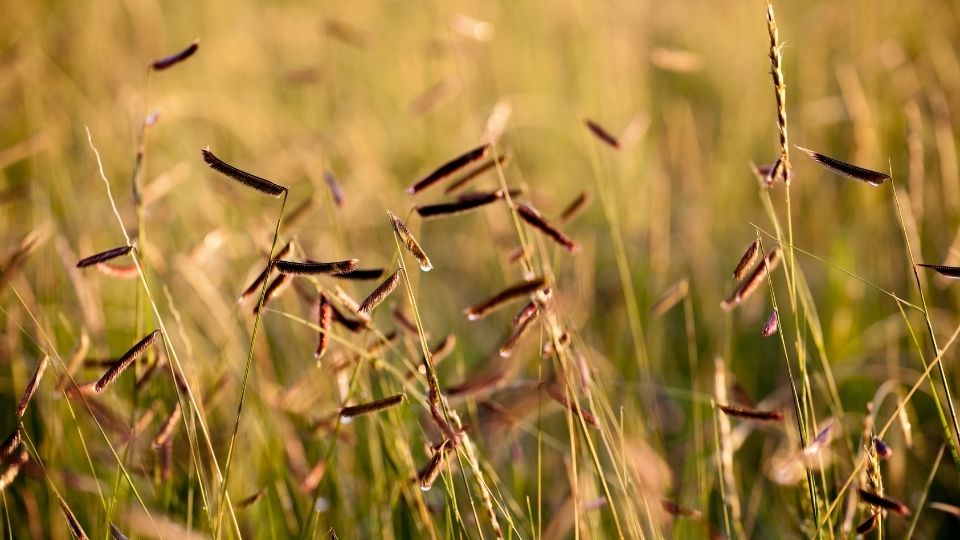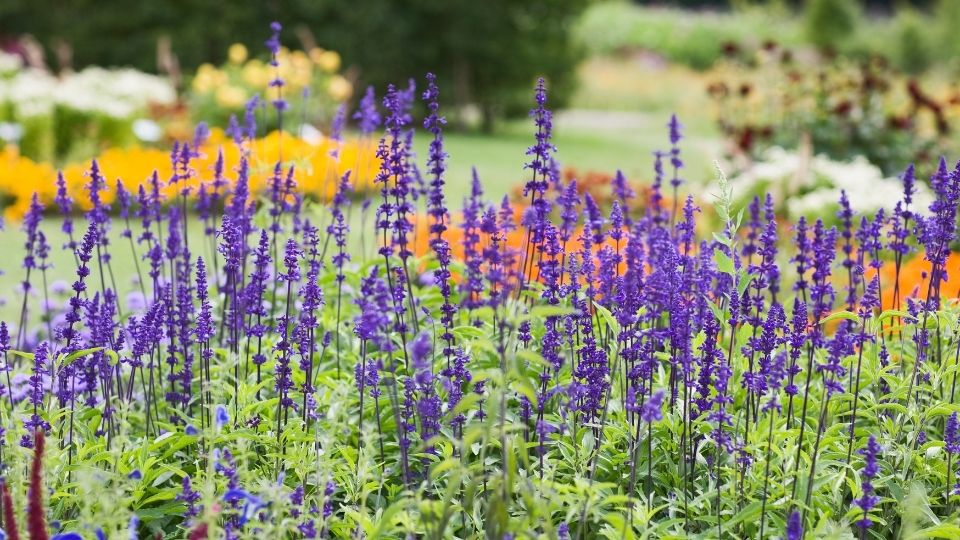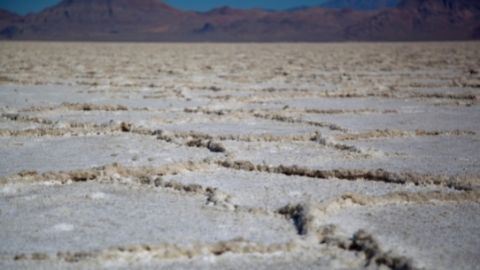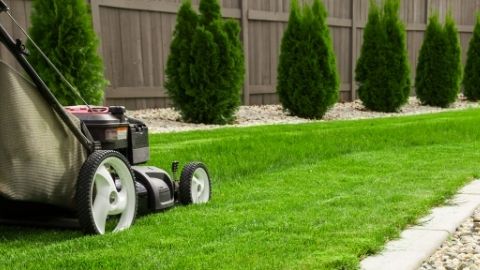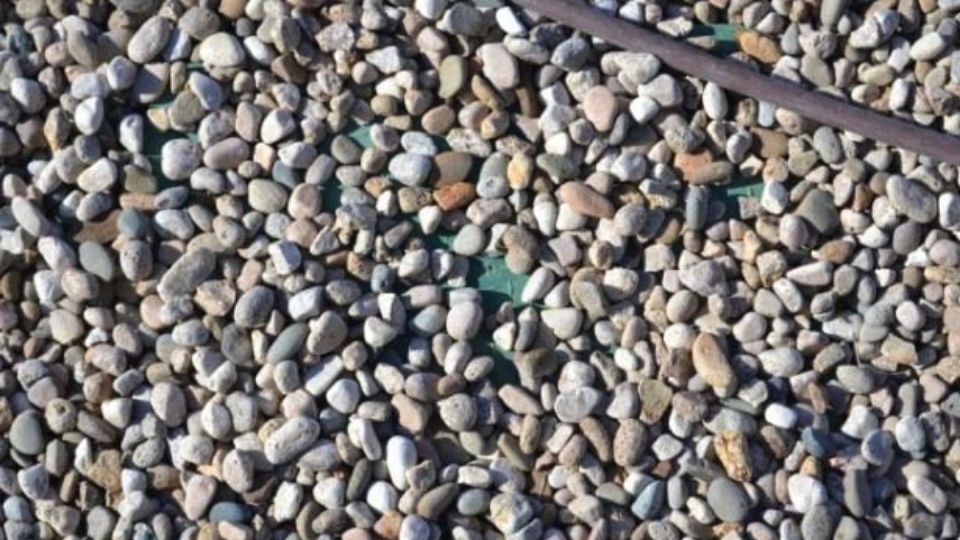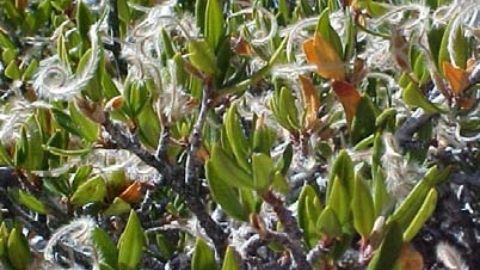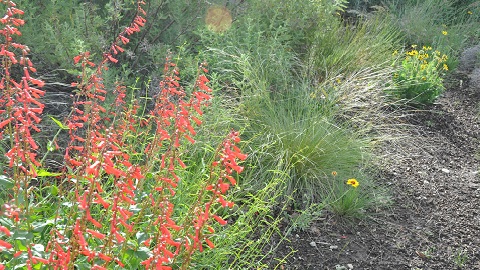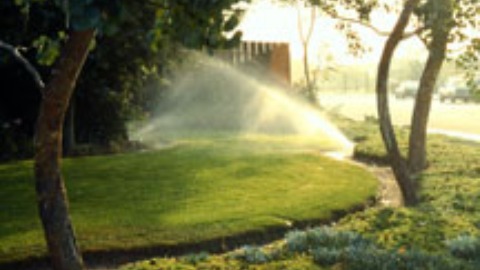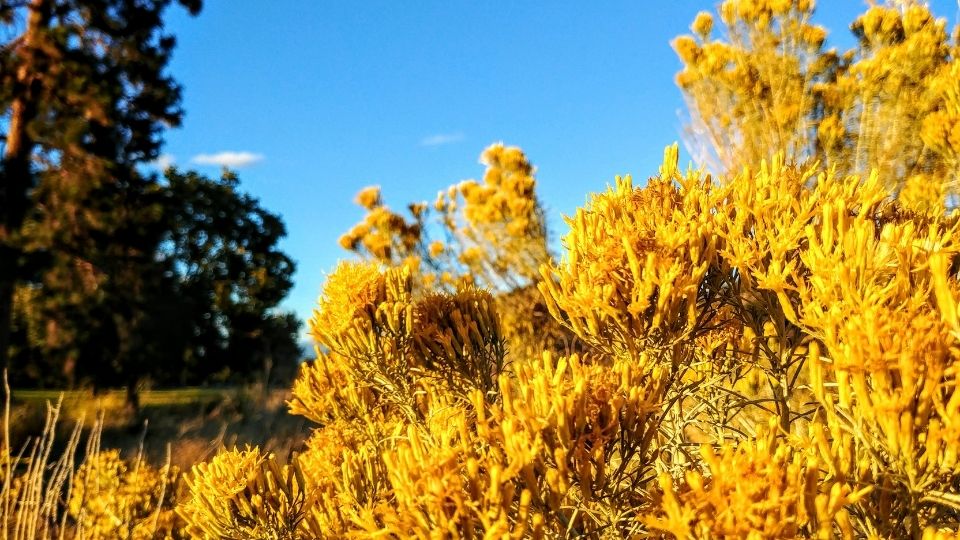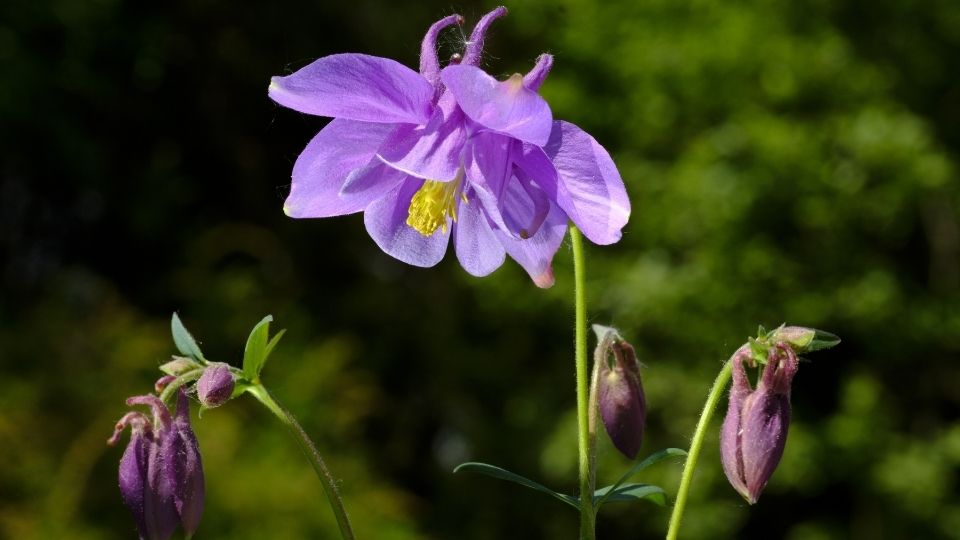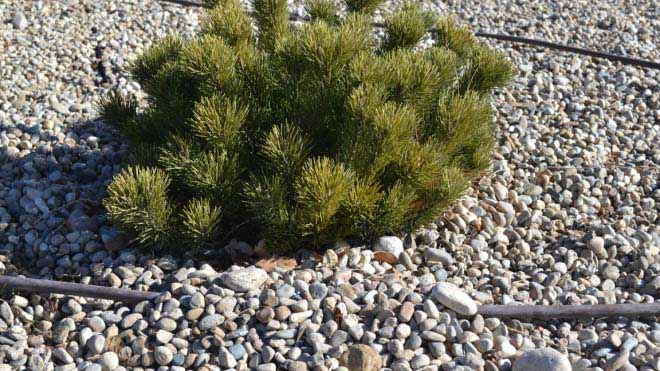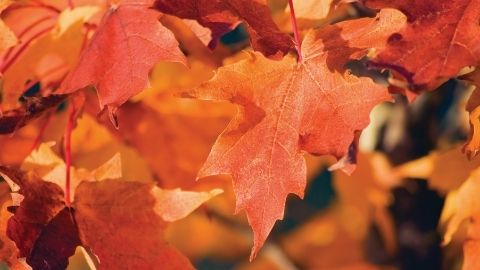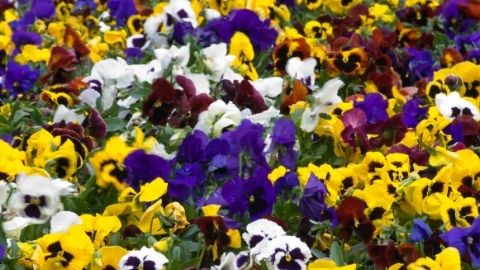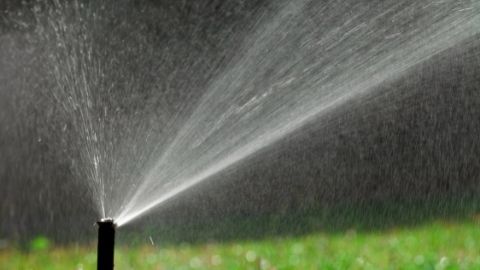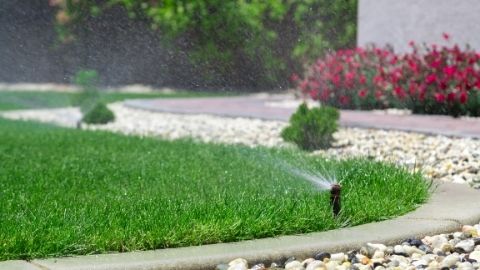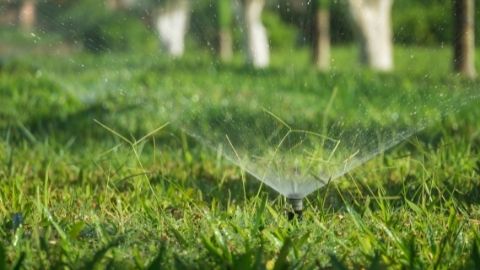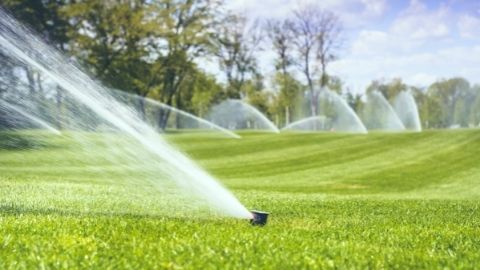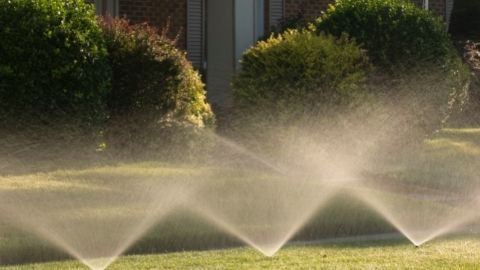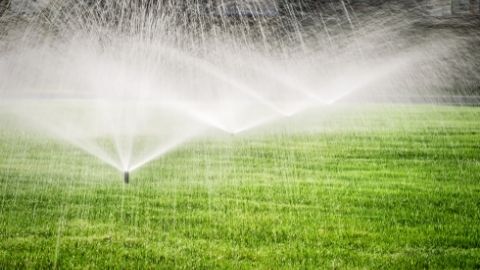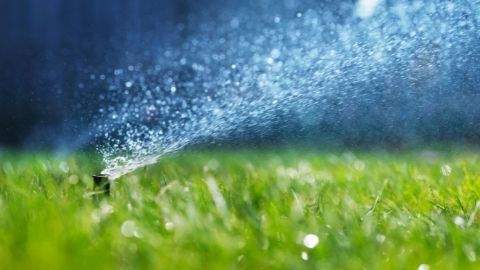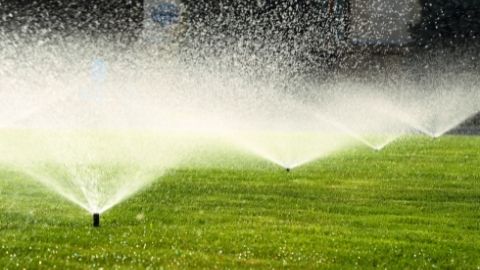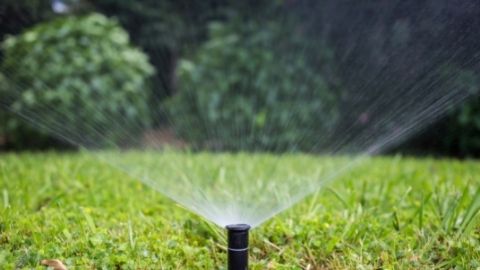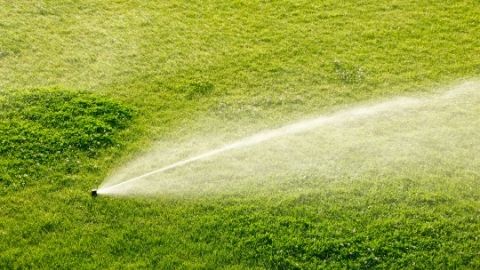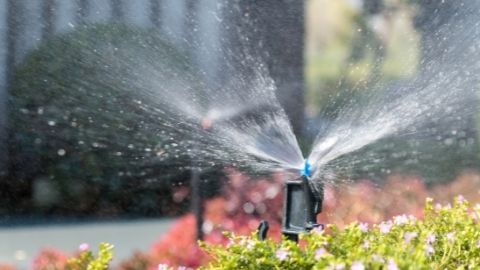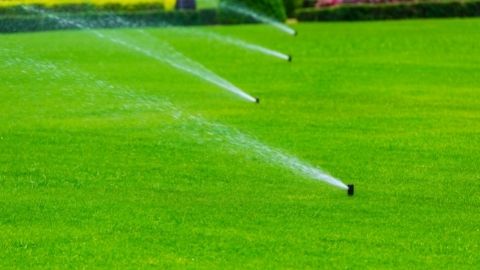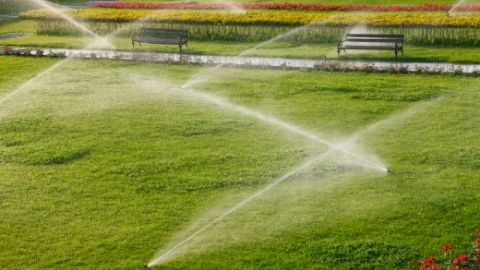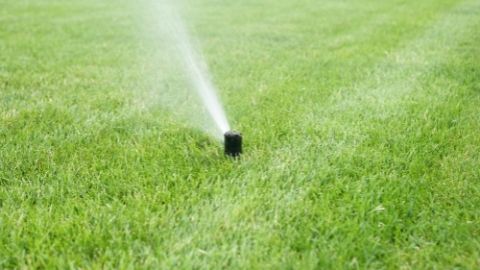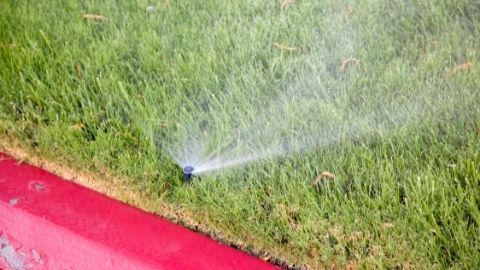No Miracle Cure for Drought

April 2002 | updated March 2021 |
There will always be people who try to profit from disaster. Well Utah's official drought status is no different. People who want to save water and still have green lawns all summer are looking for quick fixes and are likely to be susceptible to scams. There are some interesting new products, but probably no miracle cure short of converting your lawn to Astroturf.
Polymers are one possible solution that we are starting to see advertised, says Kelly Kopp, Utah State University Extension water conservation specialist. These are the same kind of substances used to increase the absorbency of disposable diapers. There isn't much research on how well they work in lawns, but they do hold a lot of water.
“They might be more efficient and cost effective if you are just starting a lawn rather than trying to inject them into the soil of an existing lawn. If you are just starting a lawn, polymers can be tilled into the soil easily. There are some companies emerging that claim to be able to inject polymers deep into your lawn, which is important, but consumers should be cautious,” says Kopp.
Humate is another product being promoted to reduce the amount of water your lawn uses, she says. Because it contains organic material, it is beneficial for the overall health of your lawn, but there is little evidence to support that it can increase water retention by 500 percent as some have claimed.
There aren’t any quick fixes, but there is a lot you can do to preserve your turf while still complying with watering restrictions, Kopp says. One of the best things you can do is to give your lawn the amount of water it needs and not more than that, she says.
“Evapotranspiration” is a long word representing a complicated equation based on heat, humidity, wind speed and total solar radiation during the growing season. It is the most precise measure of how much water your lawn needs. Evapotranspiration data taken from weather stations throughout the state can be found at the Utah Division of Water Resources Conservation Program's Weekly Lawn Watering Guide.
Most people don't know exactly how much they are watering until they evaluate their sprinkler systems. Leaving your system on for an hour might be putting on twice as much water as your lawn needs.
If you live in the following municipalities or counties you can get in touch with the Water Check Program for a free evaluation of your sprinkler system.
- Salt Lake City Department of Public Utilities service area (Salt Lake City, Millcreek, parts of Holladay, and Cottonwood Heights)
- Sandy City
- Eagle Mountain
- Cache County
- Iron County
- Washington County
- Davis County
- Weber County
- Morgan County
- Summit County
In other counties, contact your USU Extension office or see Do It Youself for information on evaluating your sprinkler system.
Some areas of the state may see outright bans of lawn watering while others will enforce alternate day watering or other water conserving measures, she says. Of course if there is a water ban, you are going to have to just sit back and let your lawn go brown and dormant. Just remember that while it may appear to be dead, the lawn will recover from the dormancy once the temperatures decrease and moisture is more plentiful.
The trouble with the alternate day watering is that people tend to think they need to water twice as much on the alternate days and by doing so end up using more water than they need, Kopp says. Even during the hottest part of the summer, lawns only need watering once every three days, so even alternate day watering is too much. Detailed watering schedules are available in USU Extension offices around the state.
Don’t forget the basics of turf water conservation:
- Water to apply ½-1" at a time. Watering more than ½-1" at a time wastes water because it soaks deeper than the depth of the grass's roots.
- Increase mowing height. Two to four inches high is optimum. This actually encourages longer root growth that allows turf to access water deeper in the ground.
- Mow as infrequently as possible. Mowing is a stress on the grass and actually increases its water consumption. This is especially true if the grass is becoming dormant.
- Reduce evaporation. Make sure the maximum amount of water leaving the sprinkler head actually makes it to the turf. Watering during the midday heat causes more of the water to evaporate. Avoid watering between 10 AM and 6 PM.
- Water trees and ornamentals separately from grass. People generally have more time and money invested in trees, shrubs and other ornamental plants, so when faced with a water crisis, give these plants water first. A lawn recovers fairly easily from drought, but a prized spruce may take a generation to replace.
Authors
Dennis Hinkamp, Publication Specialist
Related Research



